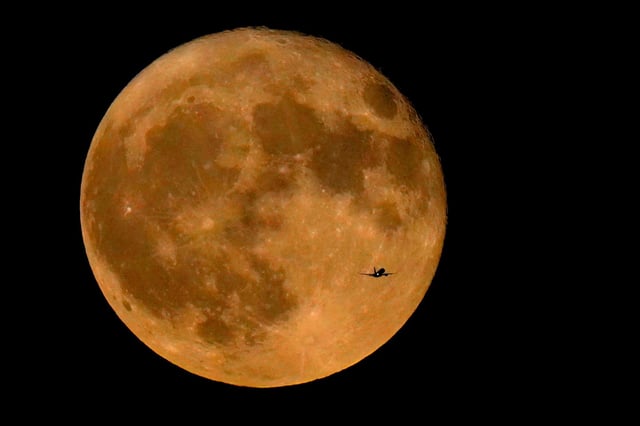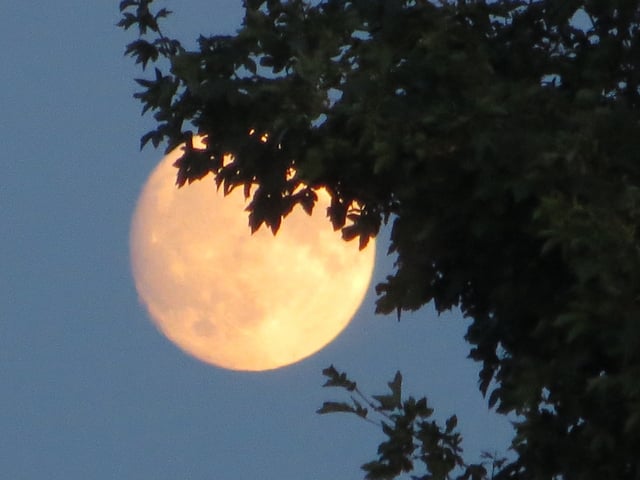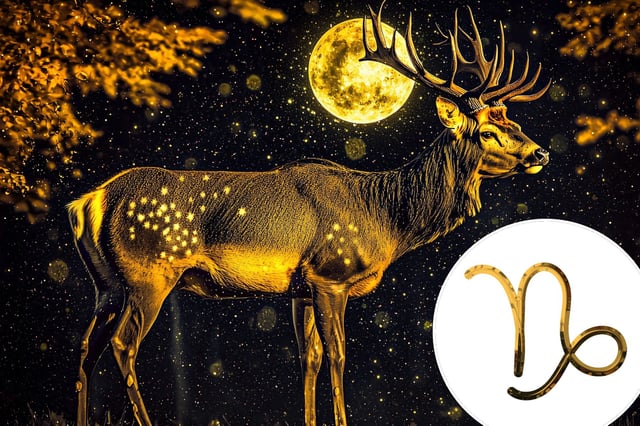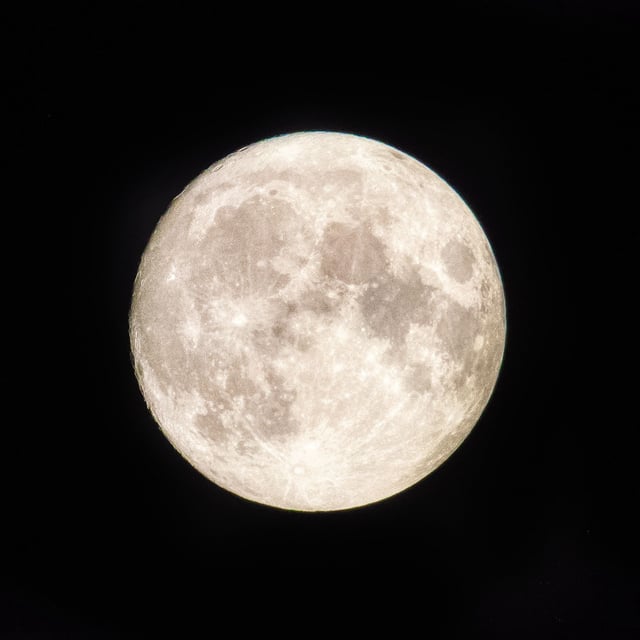Overview
- July’s full moon reaches peak fullness at 4:37 p.m. ET on July 10 but won’t be visible until it rises after sunset on July 9, remaining full through July 11.
- Occurring days after Earth’s aphelion and at the height of an 18.6-year lunar standstill, this Buck Moon will follow its lowest arc of the year, amplifying the moon illusion.
- Skywatchers facing the southeastern horizon shortly after sunset can expect the moon to appear orange or reddish as its light passes through more of Earth’s atmosphere.
- The name “Buck Moon,” rooted in Algonquin tradition for the antler growth of male deer, coincides this year with India’s Guru Purnima festival, adding cultural resonance.
- Forecasts favor clear skies across much of North America, the UK and India, offering optimal conditions for viewing tonight and tomorrow.



